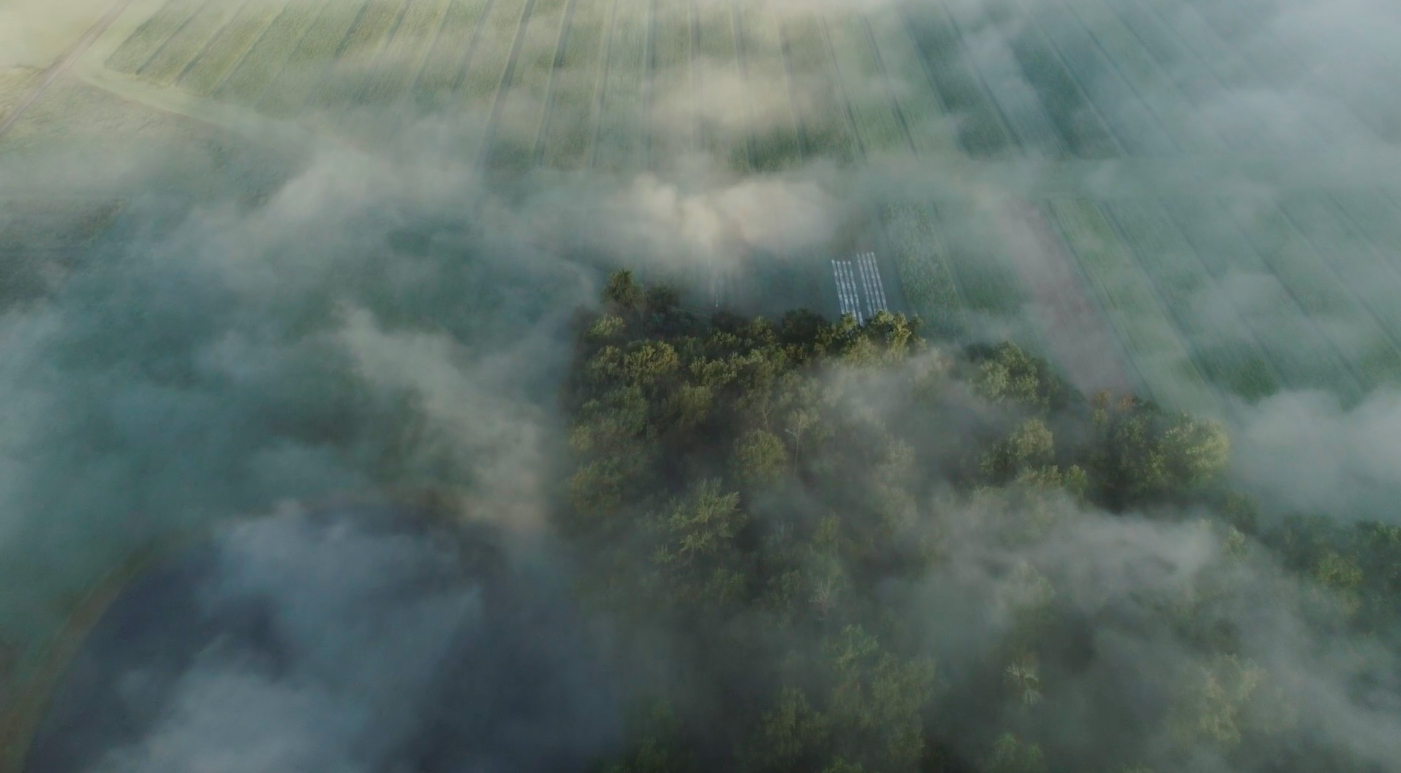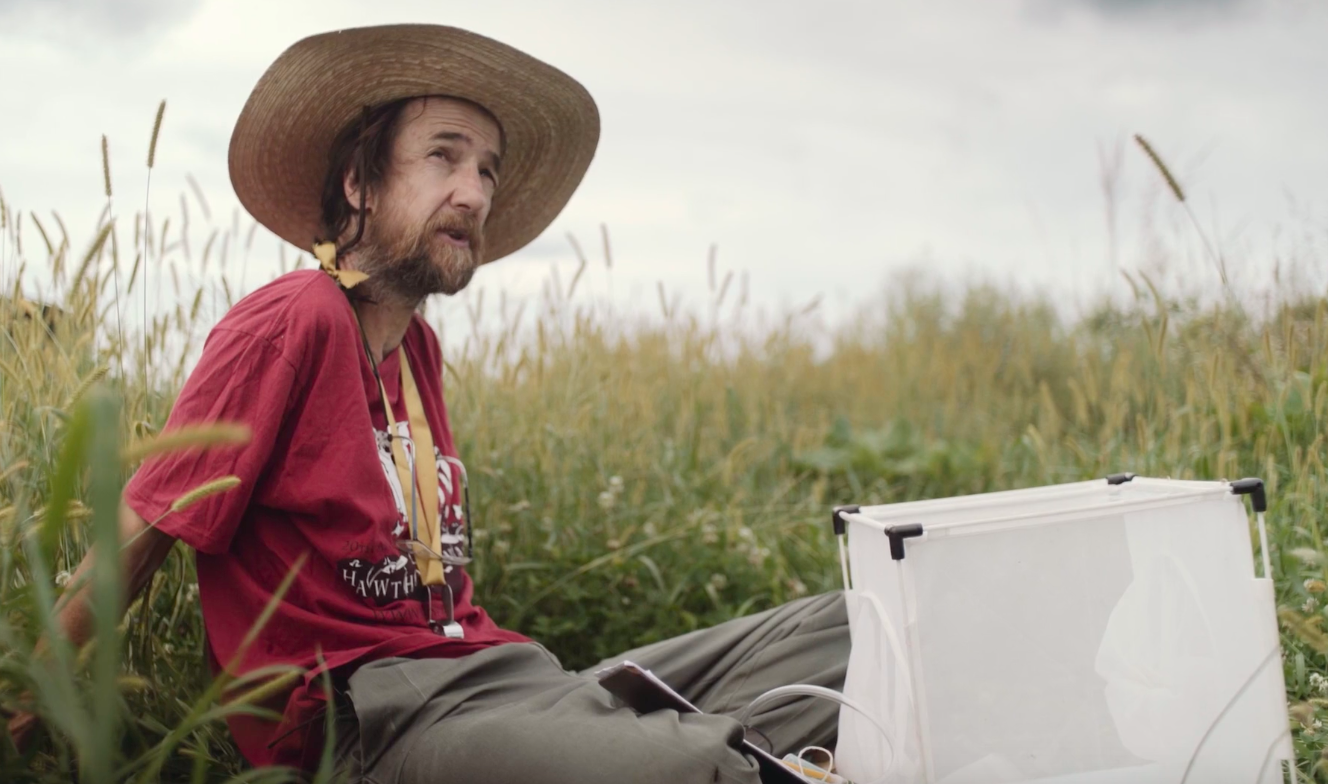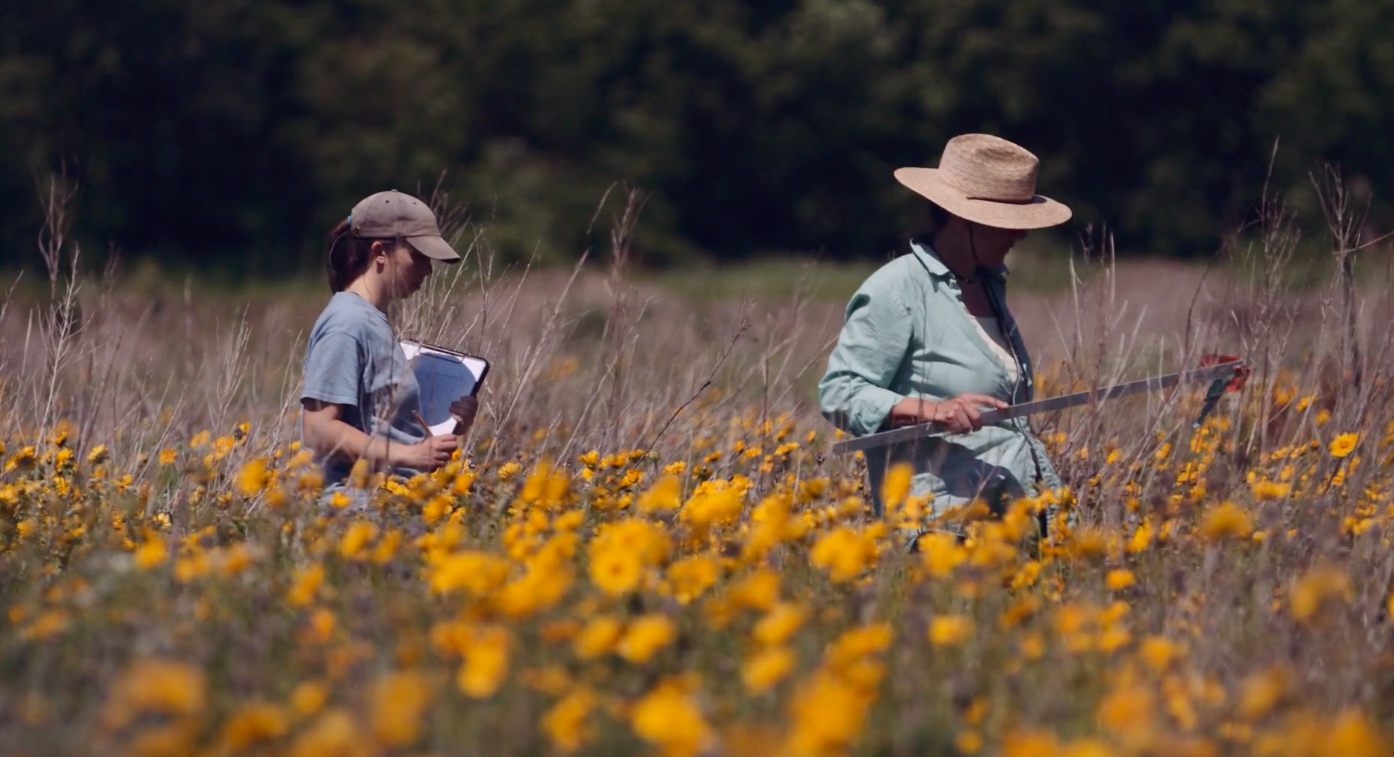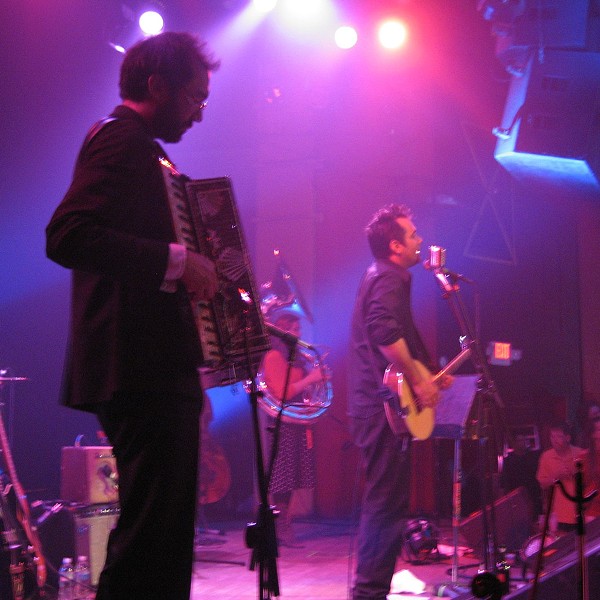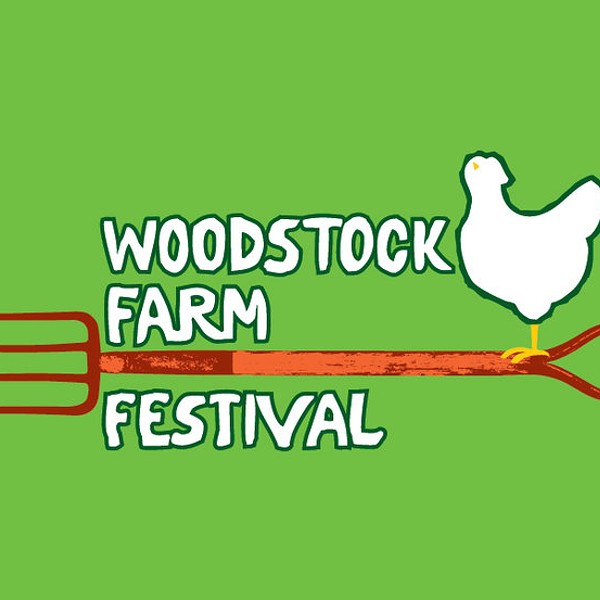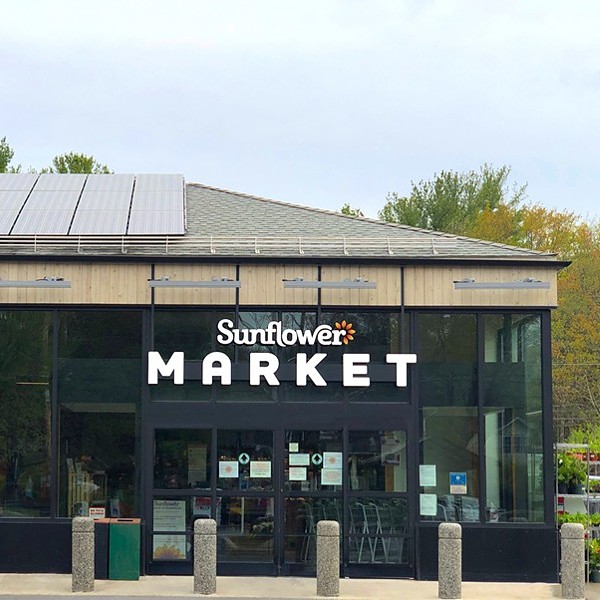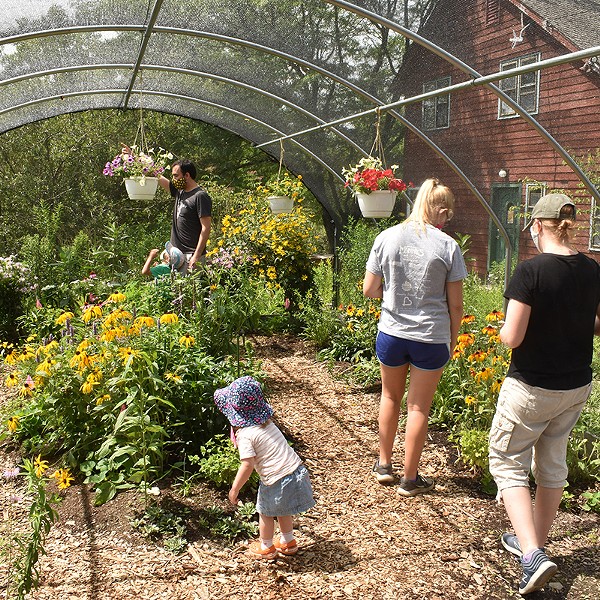Farming is ever-evolving: especially true here in the Hudson Valley these days, where farms big and small are booming, and many are experimenting with new ways.
Today, when we think about what’s to come next for farmers, a key question is: “How do we produce food, ensure that farmers can make a living, while at the same time respecting the needs of other organisms that share the land?”
For the past four years, the Applied Farmscape Ecology Research Collaborative program, based at the Hudson Valley Farm Hub in Hurley, has deployed a team of scientists and researchers to monitor soil, water, and wildlife to discover how—to prove?—that farming and wildlife can coexist.
My film company, Oceans 8 Films, spent six months in 2019 observing and monitoring the research done by the collaborative team, which represents a sizable swath of Hudson Valley scientists and farmers, from Hawthorne Valley, Bard College, SUNY New Paltz, Hudsonia, and the Hudson Valley Farm Hub. Our short film is called, simply, “Farmscape Ecology,” and it’s the latest in our Hudson River Stories series. The film profiles the various partners as they dig into how changes in everything from where you plant native flowers and how many insects are collected to the moisture and microbiology of the soil can impact crop growth.
It is a multiyear project for a variety of good reasons: these are scientists looking for trends rather than black-and-white results at the end of each season. As a journalist, the research can be a bit frustrating, because we like concrete answers now. (Q: Are more insects in the field good for crops, or bad? A: Far too early to tell, ask me again in three years.) These scientists seem happier the longer the study goes on, giving them lots to ponder over our cold winters, while waiting for the fields to green again so they can keep trying to prove, or disprove, what they observed last season.
One thing this team has definitely learned is that it takes a village to change soil, water, insect, and farmers’ habits. Once you think you’ve learned something on a farm, it can take some hard convincing to get your neighbors to sign on to conducting similar experiments, whether it’s encouraging certain insects or planting specific flower mixes irrigating more, or irrigating less, or deciding which organic chemicals to use…or not. All are ultimately discoveries to be shared, which is the goal of farmscape ecology.
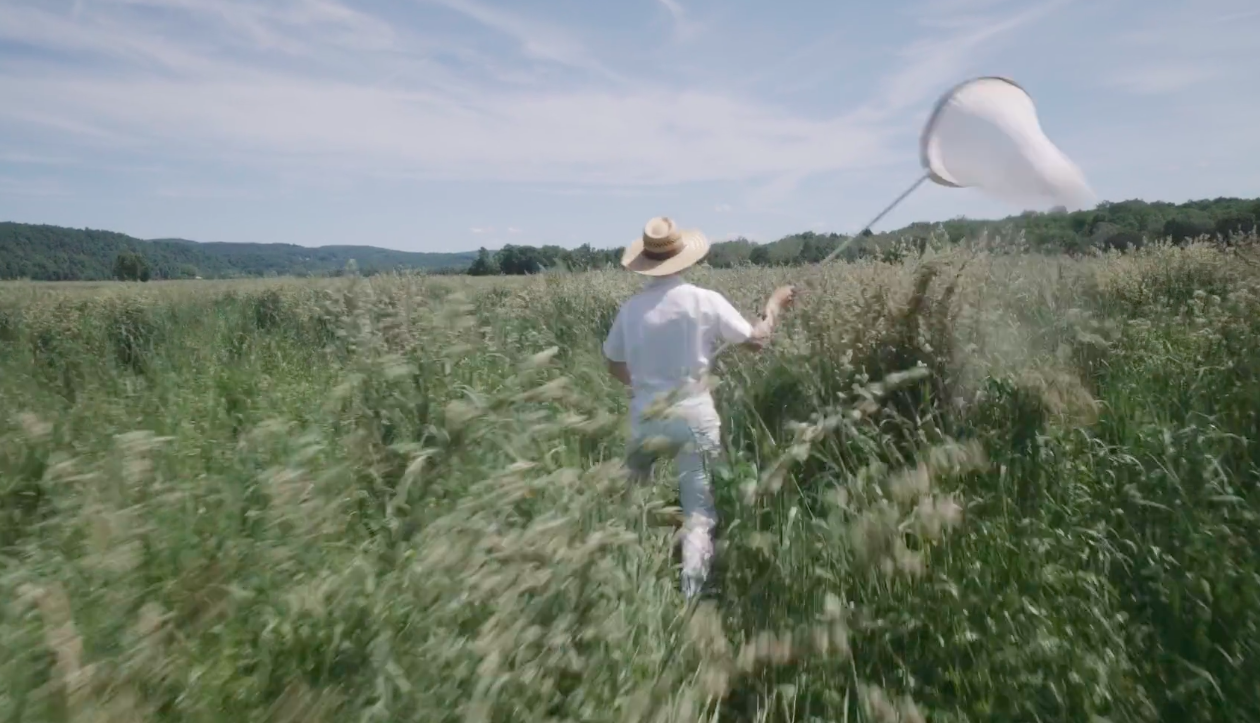
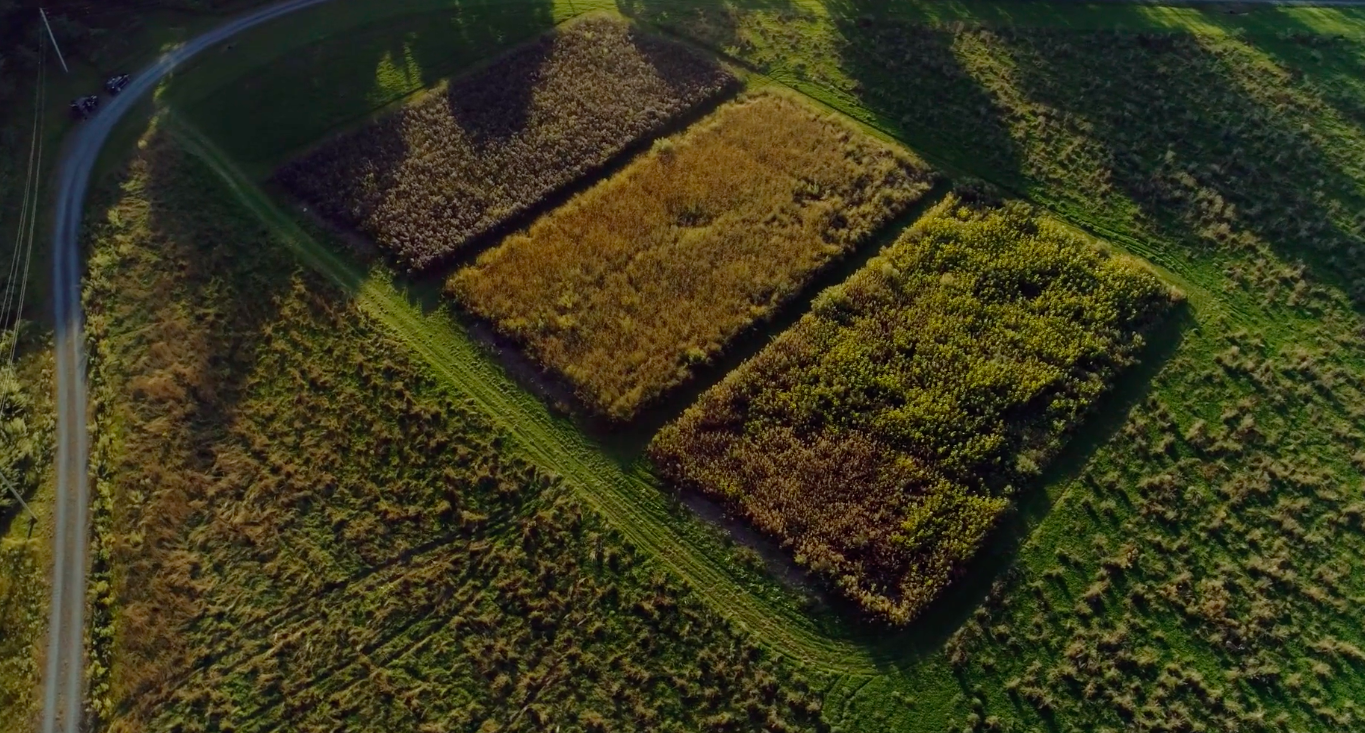
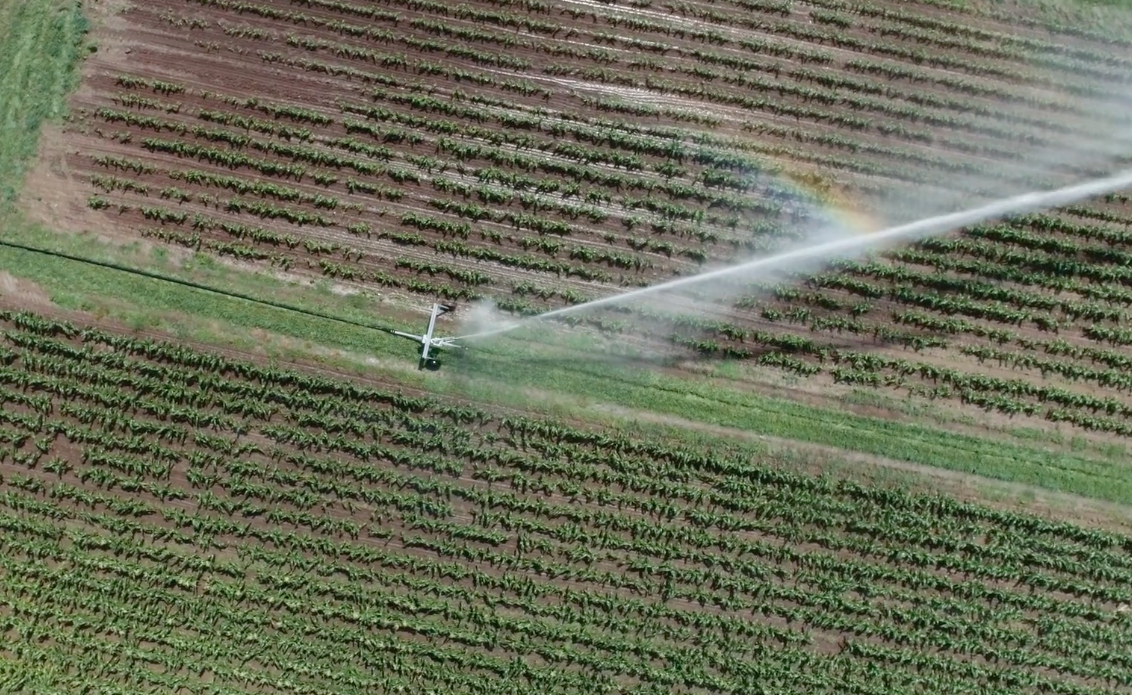
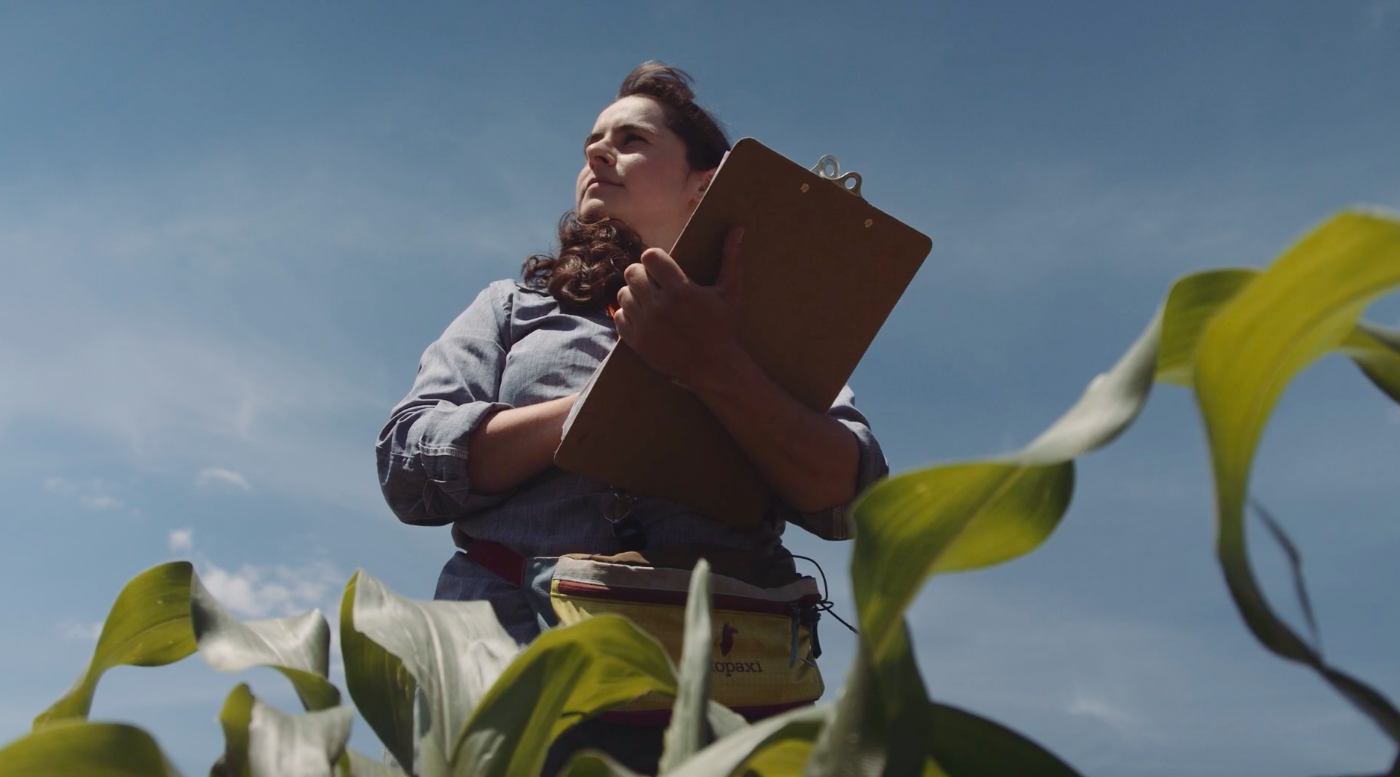
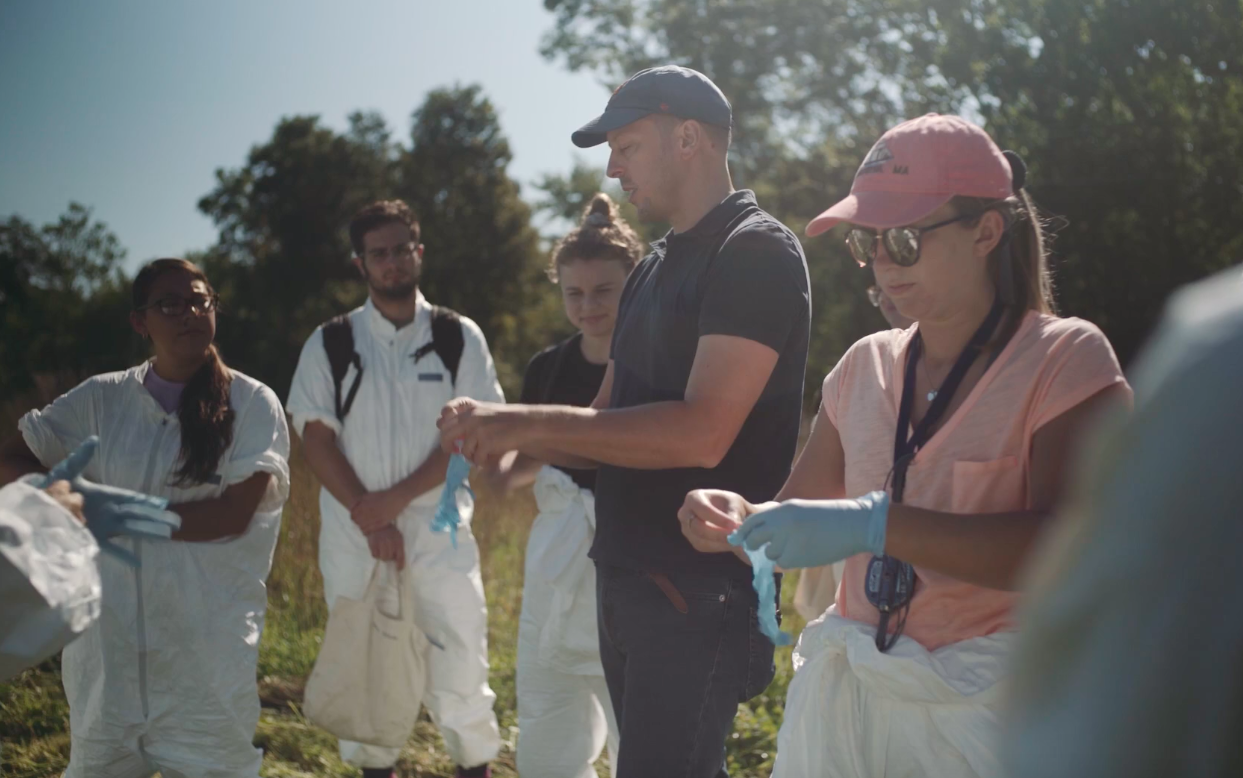
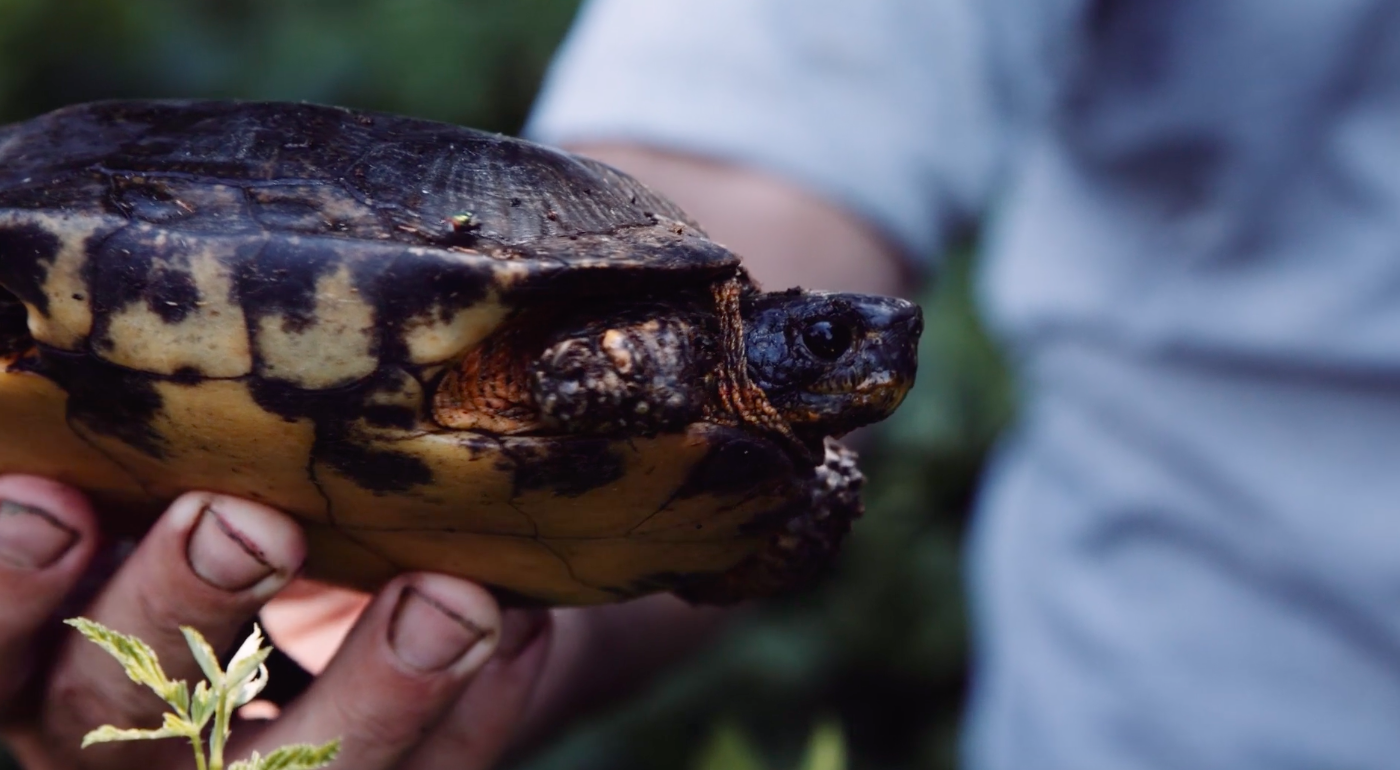
Jon Bowermaster is a writer, filmmaker, and ocean advocate. Follow his work at Oceans 8 Films and Hudson River Stories and tune in weekly to the Green Radio Hour on Radio Kingston.







